Class 12 ISC Biology Specimen 2023
Maximum Marks: 80
Time Allowed: Three hours
(Candidates are allowed additional 15 minutes for only reading the paper.)
(They must NOT start writing during this time).
The Question Paper contains three sections.
Section A is compulsory for all candidates.
Candidates have to attempt all questions from either Section B or Section C.
There are internal choices provided in each section.
The intended marks for questions or parts of questions are given in the brackets [].
All calculations should be shown clearly.
All working, including rough work, should be done on the same page as, and
adjacent to, the rest of the answer.
Section-A
Answer the following questions briefly.
(i) Name the type of bioreactor which provides greater surface area for oxygen transfer.
Solution

(ii) Name the causative agent of genital warts.
Solution

(iii) If a segment of double-stranded DNA has 18% thymine, calculate the percentage of cytosine in the DNA
Solution
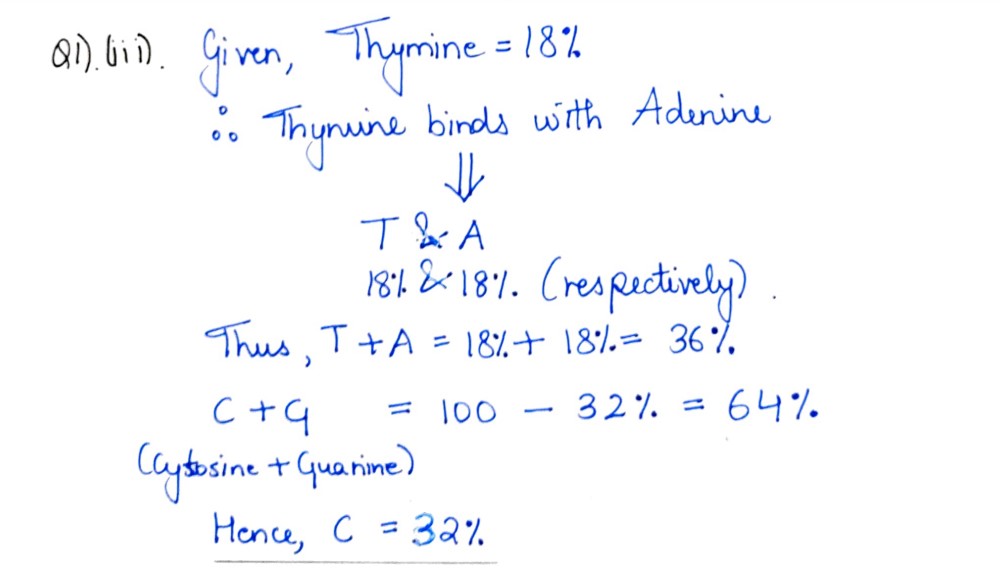
(iv) A woman has normal vision, but her father is colourblind. If she marries a colourblind man, what is the probability of her son being colourblind?
Solution
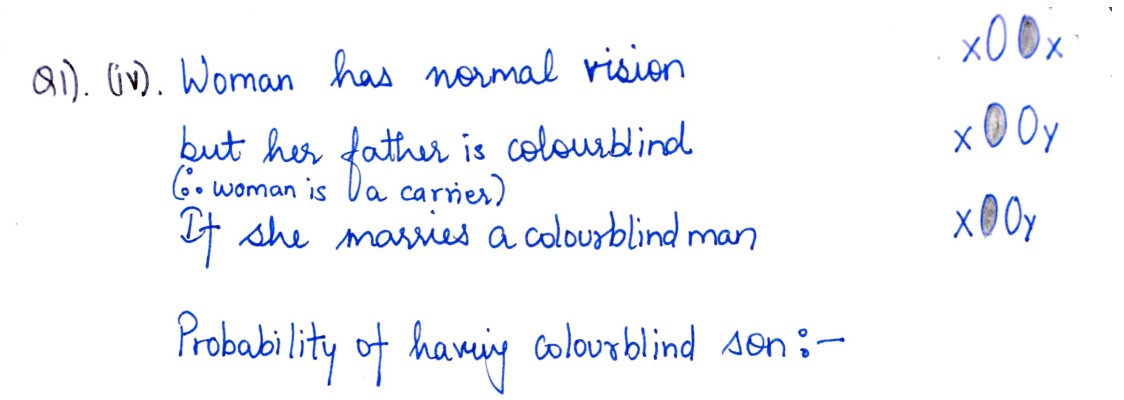
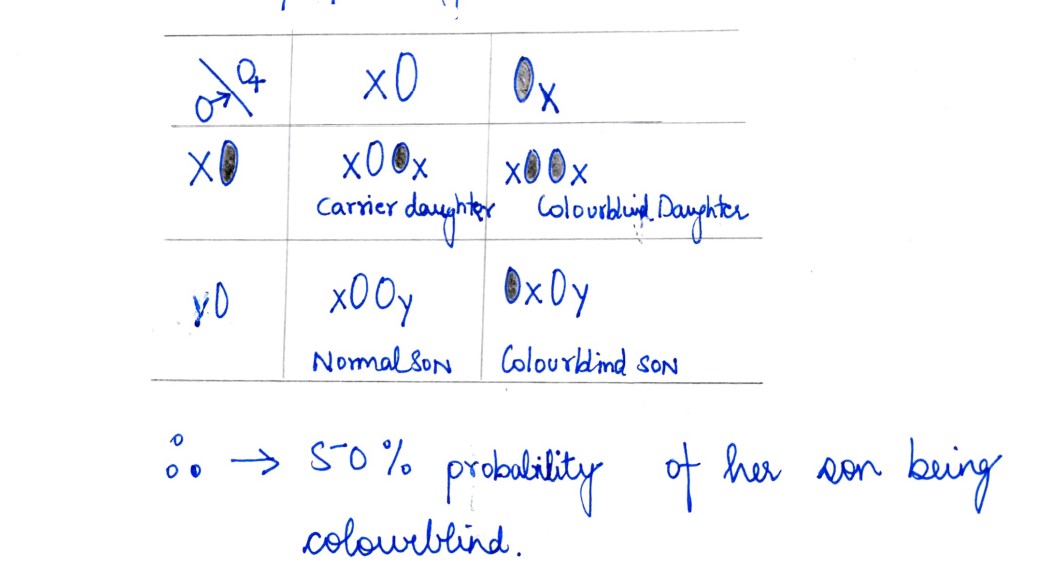
(v) What are Ramsar sites?
Solution
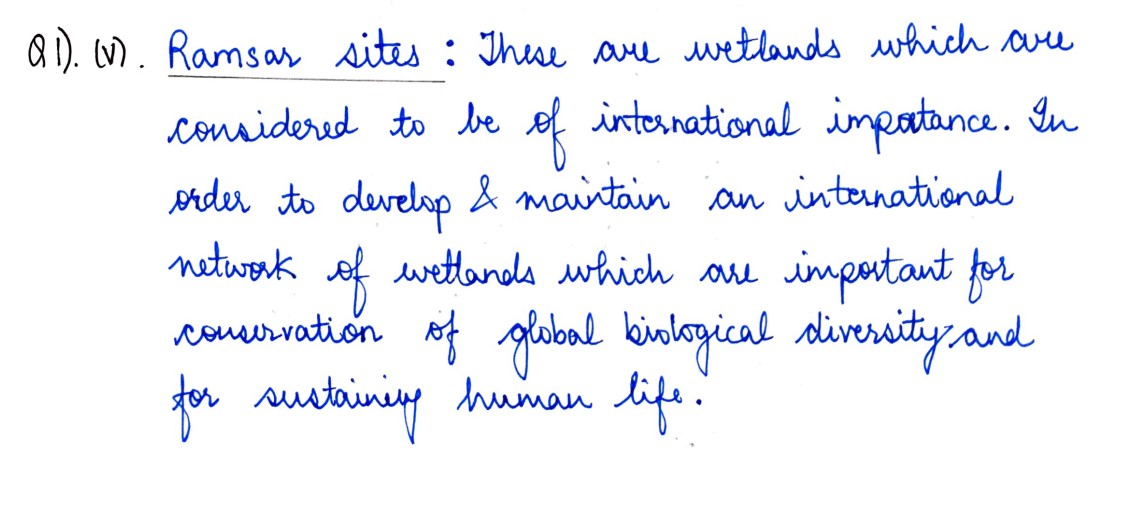
(vi) Define standing state in an ecosystem.
Solution
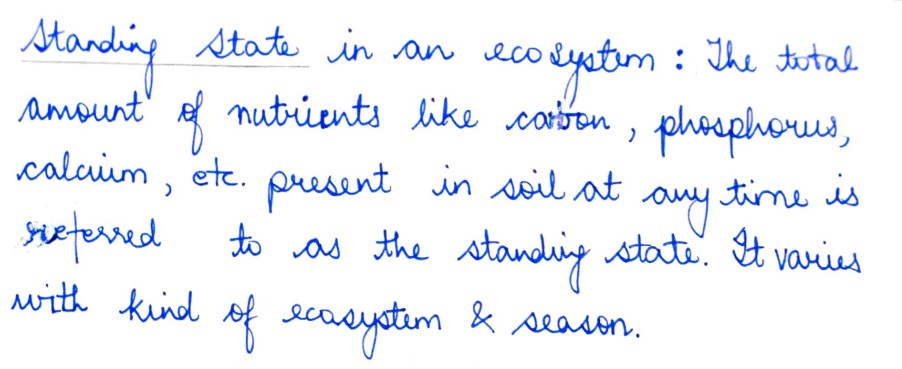
(vii) Name the toxin which is responsible for causing the symptoms of malaria.
Solution

(viii) Name the bond which exists between chain-A and chain-B of human insulin.
Solution

(ix)
Which row is correct with respect to the features of Neutrophils and
B-lymphocytes?

(a) I
(b) II
(c) iii
(d) iv
Solution

(x)
How many ova and sperms would be produced from 50 primary oocytes and 50
primary spermatocytes during gametogenesis?
(a) 100 ova, 50 sperms
(b) 100 ova, 200 sperms
(c) 50 ova, 200 sperms
(d) 50 ova, 100 sperms
Solution

(xi)
Which one of the following is a palindromic sequence?
(a) 5’-CGTATG-3’
3’-CGAATG-5’
(b) 5’-CGAATG-3’
3’-GCATAC-5’
(c) 5’-GAATTC-3’
3’-CTTAAG-5’
(d) 5’-CGAATG-3’
3’-CTTAAG-5’
Solution

(xii)
Assertion: Energy value of biogas is lower than that of organic matter.
Reason: Biogas minimises the chances of spread of faecal pathogens
(a) Both Assertion and Reason are true, and Reason is the correct
explanation of Assertion.
(b) Both Assertion and Reason are true, but Reason is not the correct
explanation of Assertion.
(c) Assertion is true but Reason is false.
(d) Both Assertion and Reason are false.
Solution

(xiii)
Give one significant contribution of each of the following scientists:
(a) S. Cohen
(b) H. Boyer
Solution
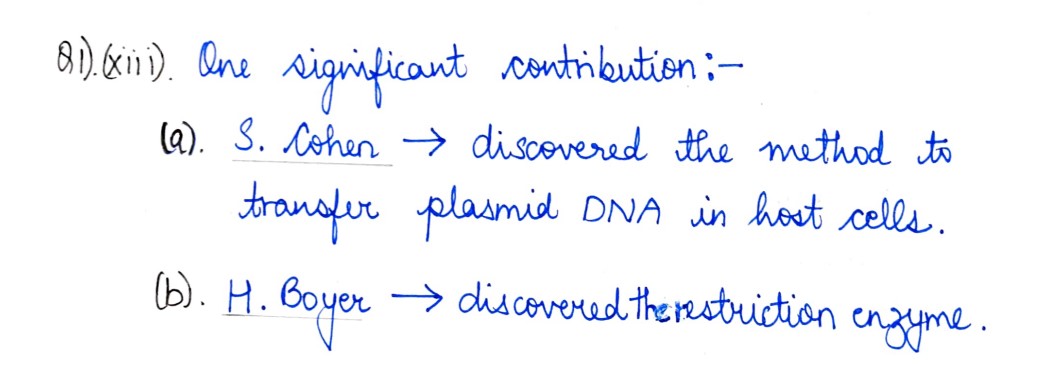
(xiv)
Give a term for the following:
(a) The technique used to amplify a gene.
(b) The technique used for early diagnosis of HIV infection.
Solution
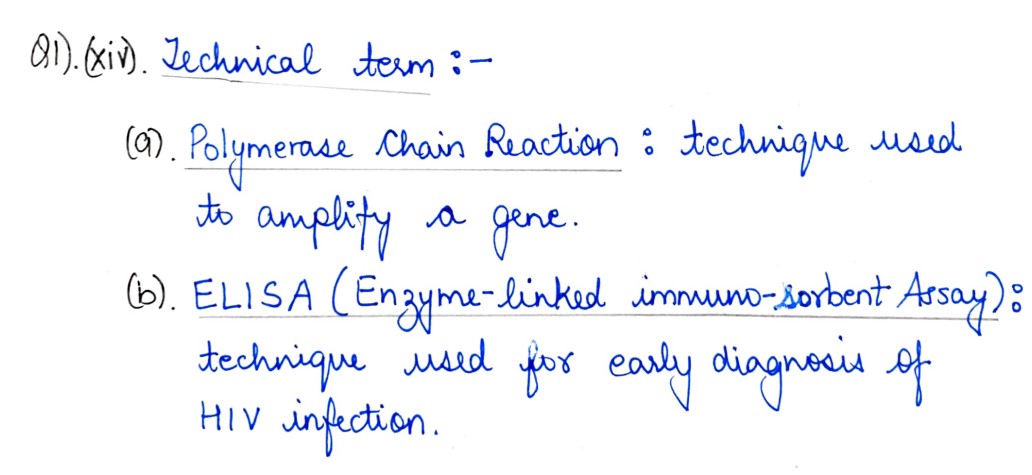
(xv)
Expand the following abbreviations:
(a) ICSI
(b) IUCD
Solution

(xvi)
Give a reason for each of the following:
(a) A person with cuts and bruises following an accident is administered
tetanus anti-toxin.
(b) Origin of life is not possible under the present atmospheric conditions.
Solution

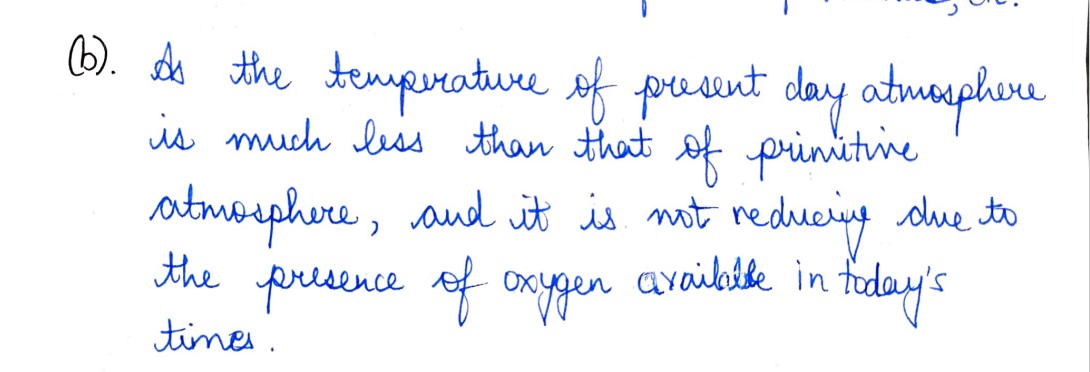
Section B
Question 2
(i) How does the Reproductive and Child Health Care Programme run by the
government benefit the society?
(ii) Write any four causes of infertility in males.
Solution



Question 3 What is meant by lactational amenorrhoea? Discuss the physiological mechanism which makes lactational amenorrhoea a natural contraceptive method.
Solution

Question 4
Study the pedigree chart given below and answer the questions that follow.

(i) Is the trait recessive or dominant? Give a reason for your answer.
(ii) Is the trait sex-linked or autosomal? Give a reason for your answer.
Solution

Question 5 The NPP of a terrestrial ecosystem is 1500 Kg per meter square per year and the respiratory loss of the ecosystem is 1200 Kg per meter square per year. Calculate the GPP of the given ecosystem.
Solution

Question 6 Give any two differences between normal body cells and cancer cells.
Solution

Question 7
(i) Name the first human-like hominid ancestor. What was its cranial capacity?
(ii) Name the hominid ancestor that existed about 1‧5 mya. What was its cranial
capacity?
Solution

Question 8
A person in good health visited a garden where flowers were in full bloom. While
returning from the garden he suddenly started sneezing and wheezing.
(i) Name and define the response of the person’s immune system in the abovementioned case.
(ii) Name the cell of the immune system and the type of antibody involved in this
kind of response.
Solution

Section-C
Question 9 Draw a neatly labelled diagram of a microspore.
Solution

Question 10

(a) Identify the diagram given above.
(b) What is the role of the part labelled ‘A’?
(c) Redraw the diagram and label any three parts.
OR
(ii) A bacterial culture was grown on a specific culture medium containing a
chromogenic substrate. After sometime, it was observed that some colonies
developed a blue-coloured appearance while some remained colourless. Briefly
explain the phenomenon responsible for this observation.
Solution

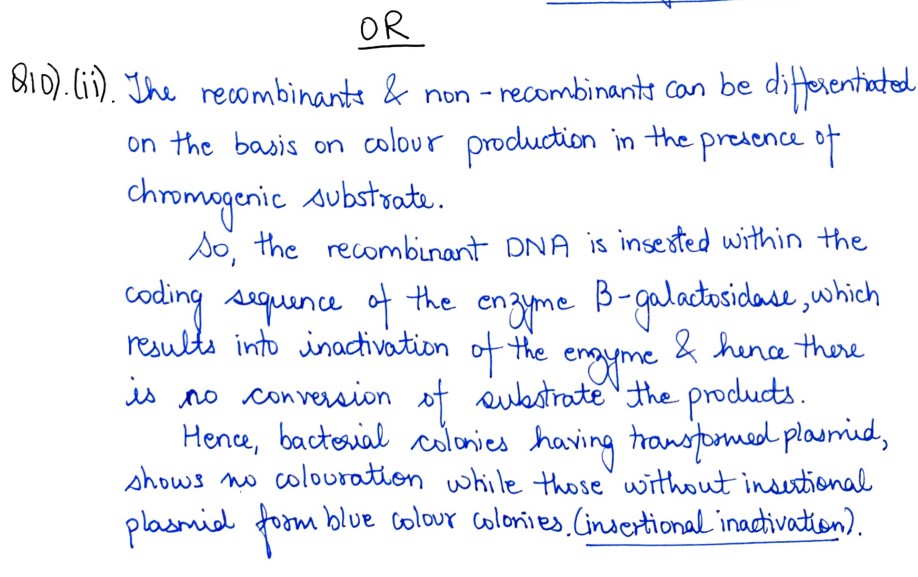
Question 11 What is meant by ‘biocontrol’? Explain how Trichoderma and Baculovirus act as biocontrol agents
Solution

Question 12 What are linked genes? Give a schematic representation of a test cross between a whiteeyed female Drosophila and a red-eyed male Drosophila.
Solution


Question 13 Alcoholic drinks are produced by fermentation, but some beverages are produced through an additional process of distillation. How do the distilled and undistilled alcoholic beverages differ in their quality and composition? Explain by giving one example each for a distilled alcoholic beverage and an undistilled alcoholic beverage
Solution


Question 14 Consider the situation, where a variety of birds depend upon a big tree for their survival. The birds in turn are hosts for the different parasites surviving on them. Draw a pyramid of number to represent the above situation.
Solution

Question 15 Explain any three ex situ methods of conservation of biodiversity.
Solution

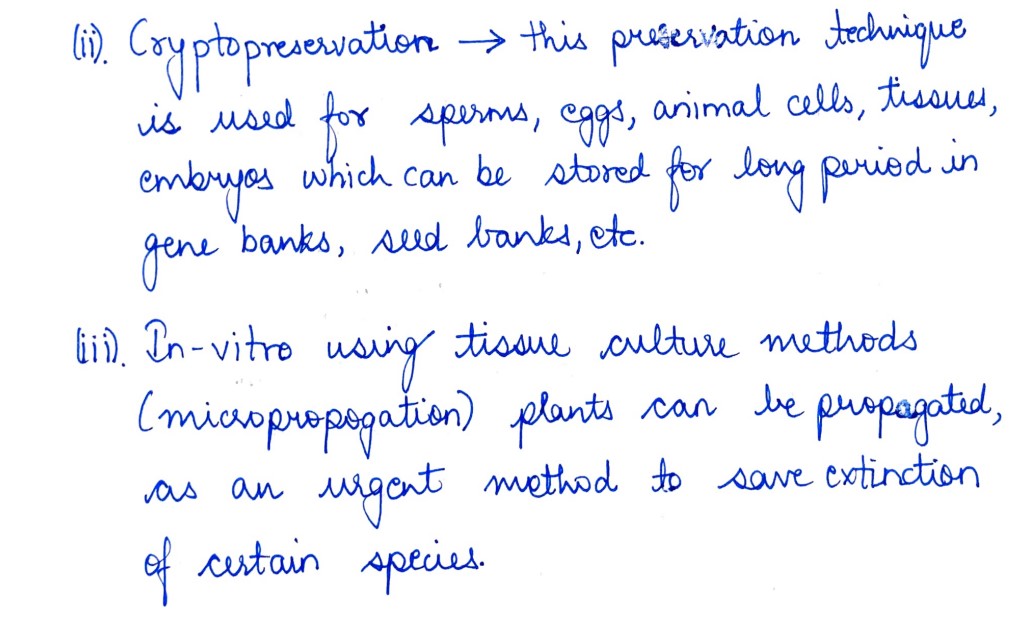
Section-D
Question 16
Name the type of bioreactor which provides greater surface area for oxygen
transfer.

Observe the given diagram of a typical embryo sac in angiosperm and answer the
following questions.
(a) Identify the parts labelled 1, 2, 3 and 4.
(b) Define Syngamy and Triple fusion.
(c) How many nuclei and cells constitute an embryo sac?
(d) Give one point on the significance of double fertilization
(ii) A couple was expecting their child and visited a doctor for routine check-up.
They came to know that the foetus was suffering from an incurable disorder. The
doctor advised them to go for MTP.
(a) What is the full form of MTP?
(b) In what way has the technique of MTP been misused?
(c) Which diagnostic technique helped the doctor to detect the disorder in
the embryo?
(d) Give one similarity and one difference between Cu7 and LNG-20
Solution

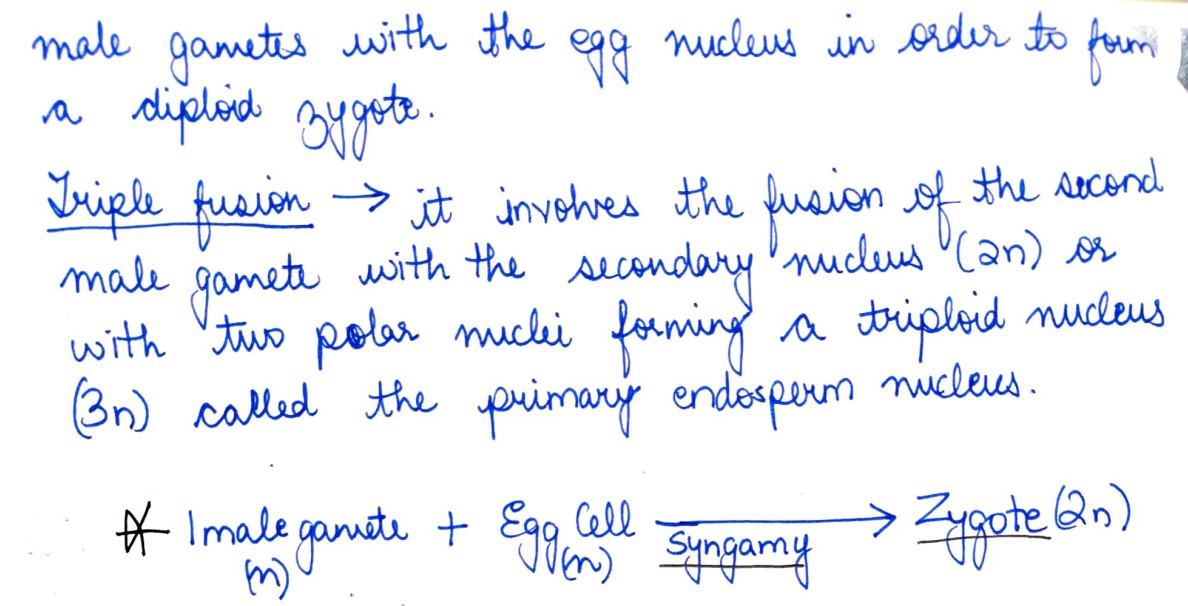
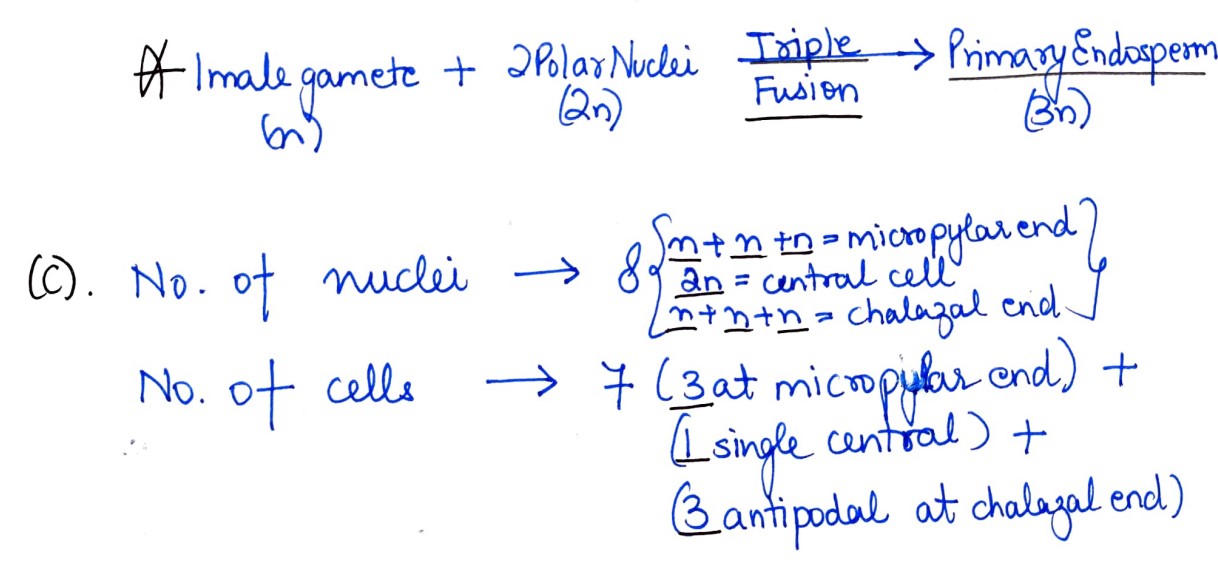

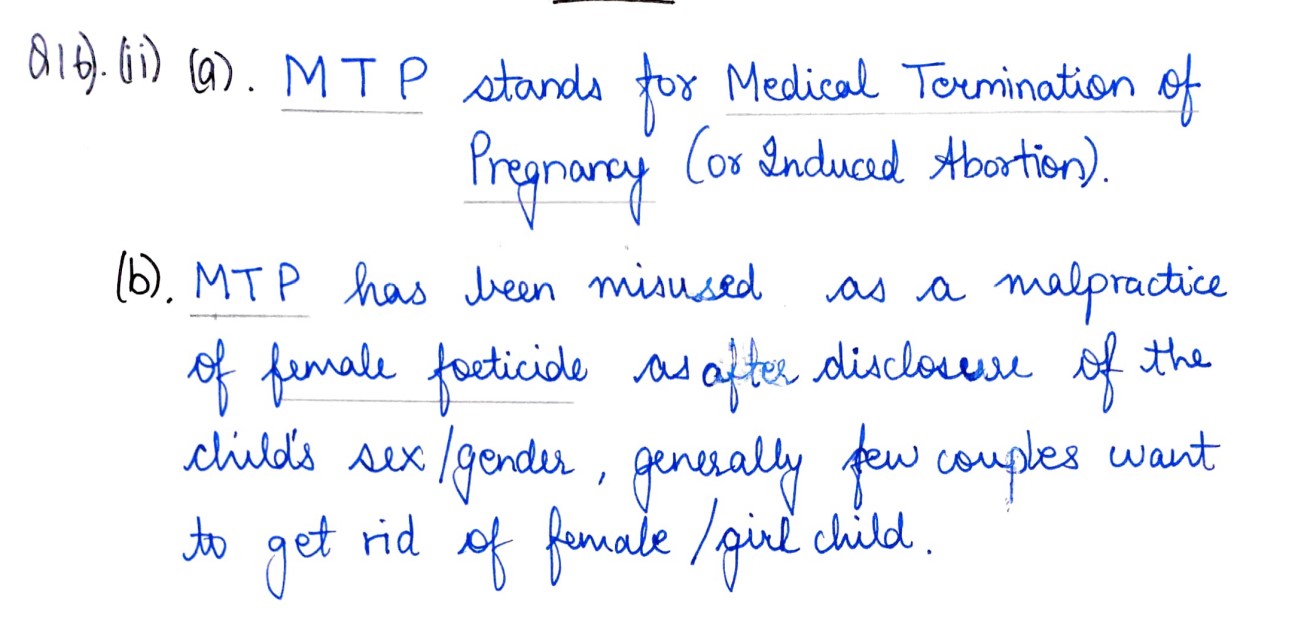

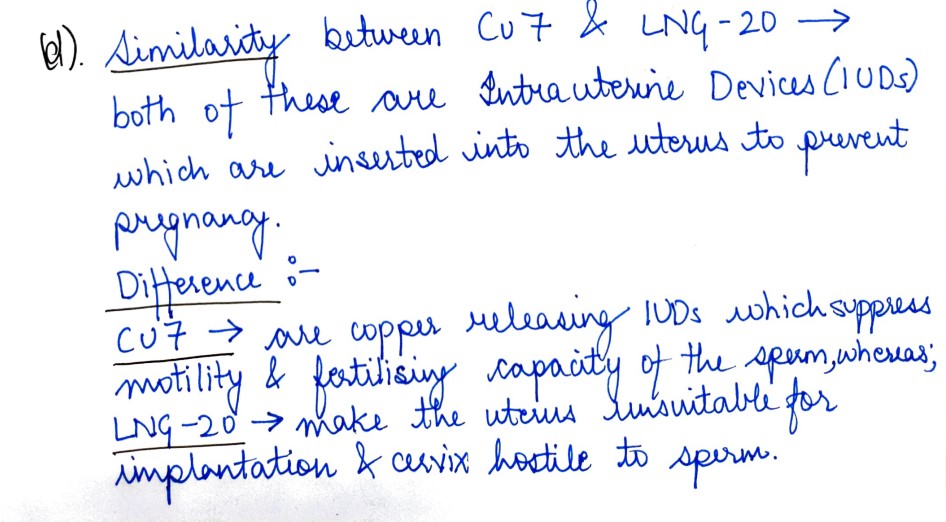
Question 17
(i) Explain the ‘Species-Area Relationship’ with the help of a graph. Give its
mathematical expression also.
(ii) Explain ‘Rivet Popper Hypothesis’.
Solution

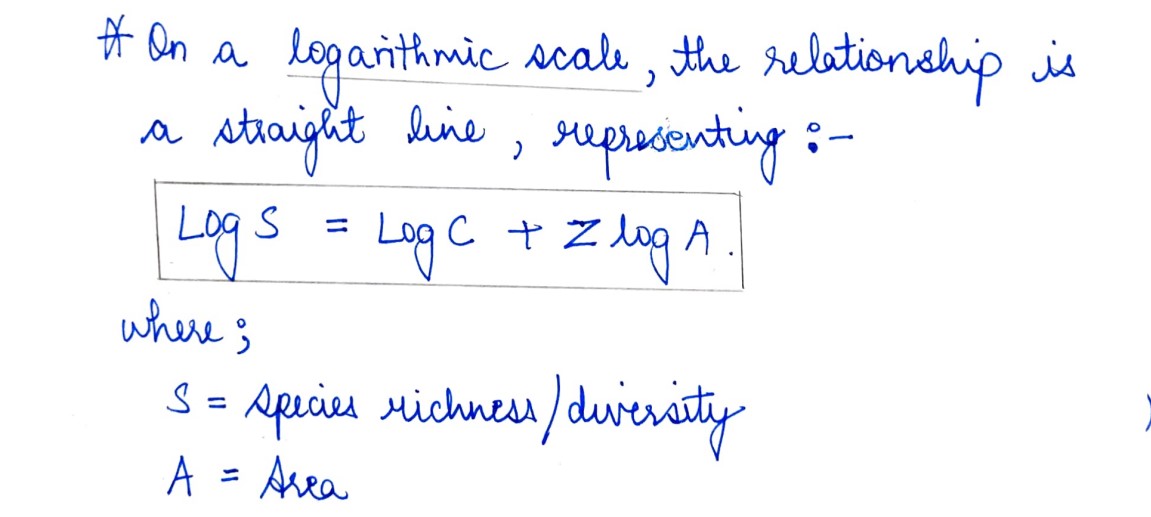

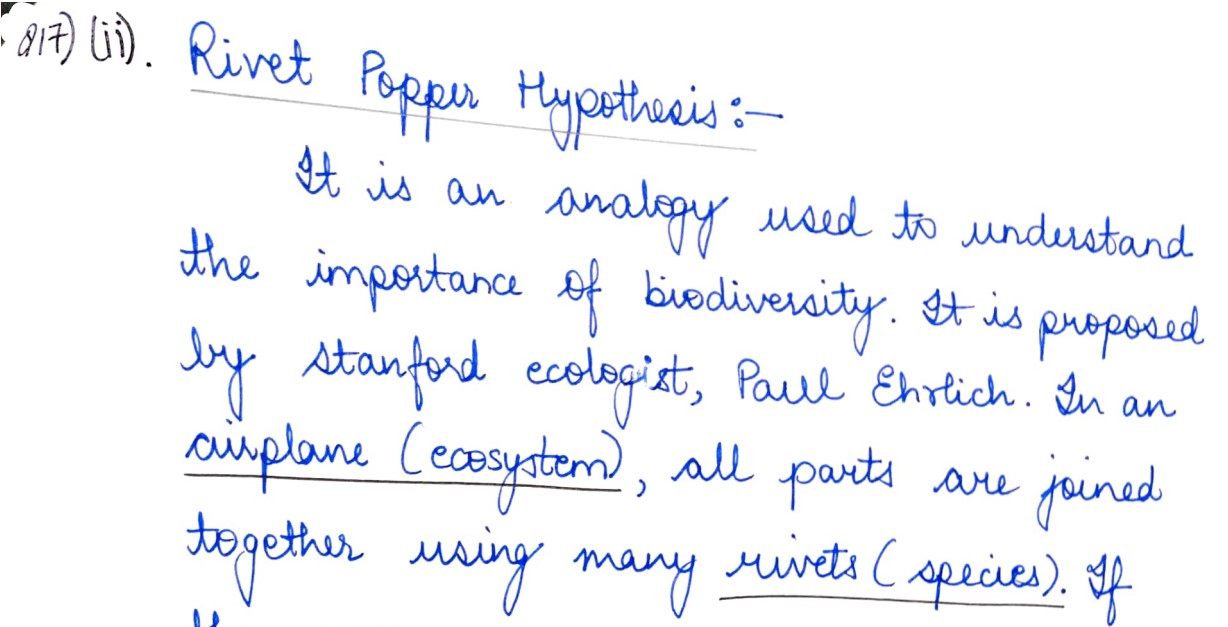

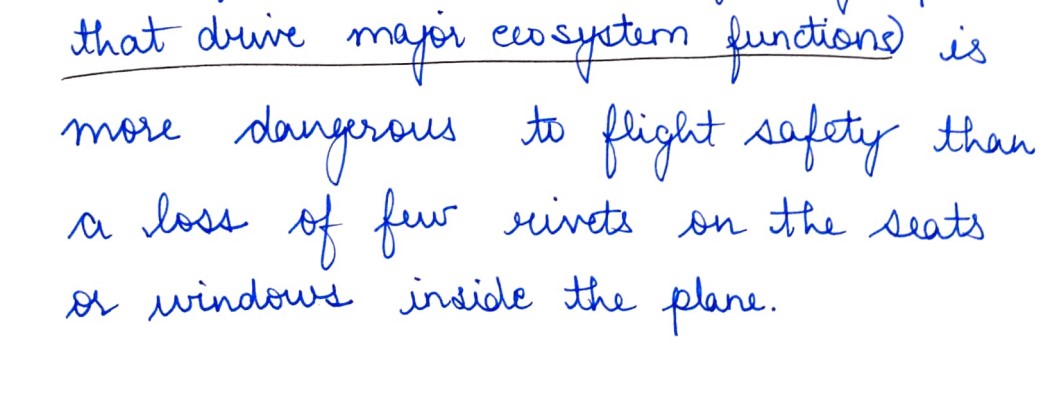
Question 18 Describe the process of transcription in prokaryotes.
Solution


Add a comment